Take the Highland Road
From programming to setup to production, this Ohio job shop plans everything it does around untended machining. The company has been refining the process for more than a decade and has become very good at it.
Sometimes when I visit a shop for a story, it’s effectively a cold call. While I may have an idea of what the shop is doing and have a general story line, often I don’t know what direction the interview and visit will take until I’m there. That’s not the case with this story.
Highland Products in Mentor, Ohio, has been on my radar screen for more than 11 years. My first encounter with the shop was the summer of 1999 when I was senior editor for Modern Machine Shop. The story I wrote focused on one of Highland’s specialties, which is untended Swiss-type machining.
Through the years I managed to keep in touch with the shop’s owner and founder Mark Erickson. In fact we have become friends over the years. I ran into Mr. Erickson last fall at IMTS, and we talked about our mutually favorite topic, precision Swiss machining.
Time being short at the show, we glossed over some of the newer things Highland was doing, but I made a promise to myself to follow up more in depth with Mr. Erickson for a story in Production Machining. So off to Mentor I went, dodging lake effect winter storms along the way.
Brand Loyalty, Not Blind Loyalty
Mr. Erickson’s shop is unabashedly a Citizen shop and uses LNS synchronous magazine load bar loaders exclusively. And while that’s good for Citizen and LNS, there are practical reasons for concentrating resources on a single brand that are relevant for any shop regardless of the brands selected.
Originally a conventional CNC turning shop, Highland made its initial foray into Swiss machining about 18 years ago with the purchase of its first Citizen machine to produce a 500-piece order. Unfortunately, by the time the shop took delivery, the order was canceled leaving Mr. Erickson high and dry and in search of work for his new machine.
Then a neighboring shop had a hydraulic spool it was having trouble producing and gave Highland a shot at it. With help from his machine tool distributor, Mr. Erickson was able to set up the new machine and run the order.
“Happily, the third part we ran was in spec, and we were awarded a contract for 2,500 of those spools,” Mr. Erickson recalls. “It was a tough part with an overall spec of 0.001 inch and tolerance of ±0.0005 inch on 40 grooves, which acted as oil seals for the cylinder. It did not use O-rings, so the fit was tight. We were able to drop the part complete in 88 seconds versus the previous process that required two ops and 25 minutes. That job got us started in Swiss machining.”
Eventually, Highland sold off its conventional turning centers to concentrate exclusively on Swiss machining of parts 32 mm (1.25 inches) in diameter and smaller. The shop now has 13 CNC Swiss-types with two new machines on order. That’s the same number of machines on the floor 11 years ago when I visited, yet the company has continued to grow its stable, as more productive machines are introduced to the market.
Focusing on a single brand enables the shop to become expert in the machine performance potential as well as learn how to “tweak” things in ways only familiarity can breed. Common controls allow for cross training of the shop’s three operators so they can set, program and run any of the machines.
Simplified tooling strategy across one brand also streamlines the setup and teardown process during the day shift. And it’s at teardown where the shop adds to the resale value of its machine tool inventory—usually turned over every 5 years—by doing a complete tooling strip down, cleaning and any preventive maintenance right then rather than waiting. “We realize between 60 and 70 percent return on our older machines when it’s time for replacement,” Mr. Erickson says. “Other shops are familiar with how well we maintain these machines and call us when they hear we are upgrading.”
Currently, most of the machines on the floor are 5-year-old type 8 Citizens. “They were 40 percent faster than the previous models we had,” Mr. Erickson says. “I did a side by side comparison between our older machines and these type 8s, and the jobs ran 40 to 60 percent faster. The new machines we have on order are type 10, which run as fast, but include a Y axis for the backworking spindle as well as more modular live tooling stations.”
Choosing the Lights-Out Job
“We don’t plan job runs as manned or unmanned,” Plant Manager Matt Nolan says. All of Highland’s jobs are planned as lights-out capable. “Our processes are scheduled to run regardless of the shift,” he says. “If it’s scheduled during the day it runs, then if it falls at night, same thing. We believe that a good process can be used whenever it is needed.”
That said, there are some guidelines that Mr. Nolan uses in his lights-out selection process. Generally, half of the shop’s 13 machines are allocated daily for untended machining. Of course, some of the longer running jobs—lot sizes vary from 1 to 1 million—may run over several shifts.
Material is a prime selection criterion. “We want free machining materials such as brass, and we’ve found that some pre-hardened steels actually run better than some softer materials,” Mr. Nolan says. “Chip control is critical so material and cutting tools must perform predictably. We use few custom tools because of availability and cost. We prefer to use standard indexible inserts whenever possible.
“We also insist on ground stock and will pay a premium if necessary to ensure straightness for our 12-foot bar loaders,” he continues. “To make sure the transition from bar to bar during unmanned operations is smooth, all the bars are chamfered. It’s about eliminating opportunities for error.
“We also look at the workpiece geometry,” Mr. Nolan says. “Although part tolerance is usually the more important choice for lights-out machining, complex geometries also can fit nicely because of the longer cycle times they require. This spreads the tool wear across a larger number of cutting tools and effectively increases the barstock capacity of our magazine loaders.
Generally, parts with overall tolerances of ±0.0003 inch or less need some operator involvement over a production run to chart any accuracy drift that has occurred.
“The keys to running lights-out is to first get your people on board,” Mr. Erickson says. “They have to believe in what you are doing and understand that lights-out machining is not a threat. You have to buy good barstock and use good quality oil that will hold up.
“About 4 years ago, PMPA asked me to do a PowerPoint presentation on lights-out for one of the association’s chapter meetings,” he continues. “In that presentation, I mentioned we spend $11 a gallon on cutting oil. Some in the audience laughed saying they could buy oil for $3 a gallon. Well, we’re looking for value rather than cheap.”
Often overlooked by shops looking strictly at price whether it be barstock, cutting oil or tooling is that successful lights-out manufacturing is labor free. The percent of margin increase from making parts labor- free offsets any premium paid to ensure a reliable, consistent and quality run. Mr. Erickson summarizes it this way: “If you leave and the machine shuts down 30 minutes later, you’ve made nothing.”
Dress Rehearsal
However, even with good material, tools and cutting fluid, running lights-out is not as simple as hitting cycle start and heading to the parking lot. Because all jobs are planned as unmanned capable, Highland uses its manned shift as a dress rehearsal for its unmanned operation. They call it “dimming the lights.”
“Over the years, we’ve learned that variables can creep into to a process regardless of how well it’s planned,” Mr. Erickson says. “We use our day shift to stabilize the process so it’s running smoothly, which means we monitor tool wear, monitor when offsets need to be made and benchmark when tool changes need to be made. It may be necessary to shorten the run by a couple of hours. Lights-out is not an all or nothing venture for a shop. The idea is to get as many good parts unmanned as we can. However, once the parts are running well, then we turn off the lights and let it go for as long as practical.”
Getting the job to run well is the processing goal for the shop. “We don’t use cycle time as a metric,” Mr. Nolan says. “If we have a stable, reliable process that might become unstable to shave a few seconds off the cycle, we don’t mess with it. Over a job run, especially lights-out, those extra seconds become meaningless if we’re making good parts.”
Process Rules
Lights-out manufacturing is a risk/reward undertaking. The rewards are great if the risks can be minimized or eliminated. Highland treats each failure such as a broken tool, or poor chip formation (bird’s nests) as a detective hunt.
“We sleuth out process problems to their source,” Mr. Nolan says. “We need to identify and rectify why something happened and how to correct it. That’s probably the most important take-away for anyone hoping to do lights-out machining. Focus on taking variability out of the process while you have operators available, and the parts will run well when you
don’t.”
- Henning Industrial Software, Inc.
- Marubeni Citizen-Cincom Inc.
Related Content
Automation Idea for Halloween?
Maybe not. But, the candy-throwing robots at MetalQuest’s Nebraska facility do enable the contract machine shop to stand out at career fairs and similar events.
Read MoreInside the Premium Machine Shop Making Fasteners
AMPG can’t help but take risks — its management doesn’t know how to run machines. But these risks have enabled it to become a runaway success in its market.
Read MoreTips for Troubleshooting and Repairing Chip Conveyors
A nonfunctioning chip conveyor can cause a high-production machine to be down for an extended period of time. Here is some troubleshooting advice if you’re having issues with your chip conveyors.
Read More4 Bright Ideas for Effective Lights-Out Machining
Adopting lights-out machining involves considerations when a machine shop decides to move forward with the process. Here are some tips to a successful implementation.
Read MoreRead Next
Combining Old and New Technologies Pays Off
By pursuing a pragmatic growth policy that coupled advanced CNC Swiss technology with the speed and cost effectiveness of existing cam machines, Precision Plus (Elkhorn, Wis.) has thrived.
Read MoreA Tooling Workshop Worth a Visit
Marubeni Citizen-Cincom’s tooling and accessory workshop offers a chance to learn more about ancillary devices that can boost machining efficiency and capability.
Read More5 Aspects of PMTS I Appreciate
The three-day edition of the 2025 Precision Machining Technology Show kicks off at the start of April. I’ll be there, and here are some reasons why.
Read More


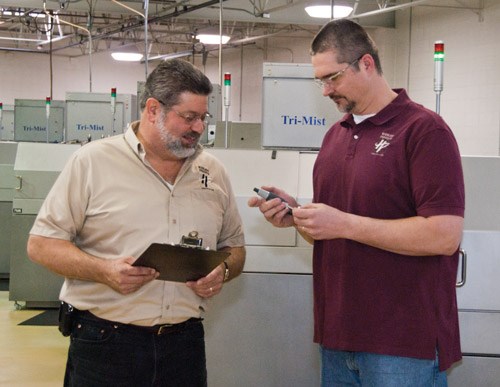
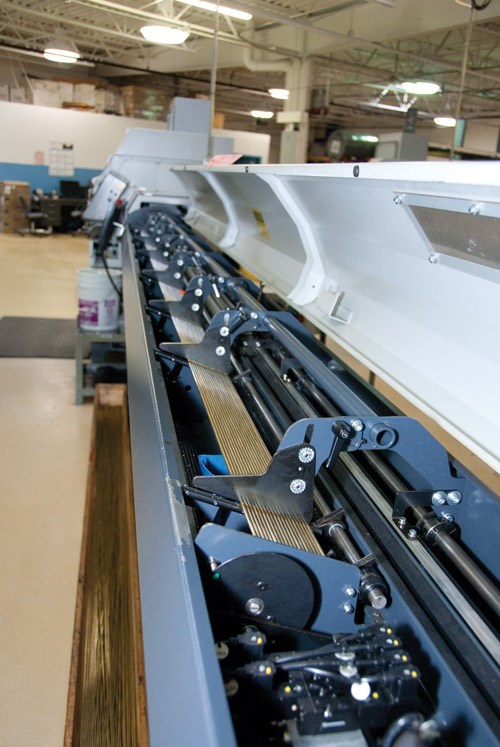
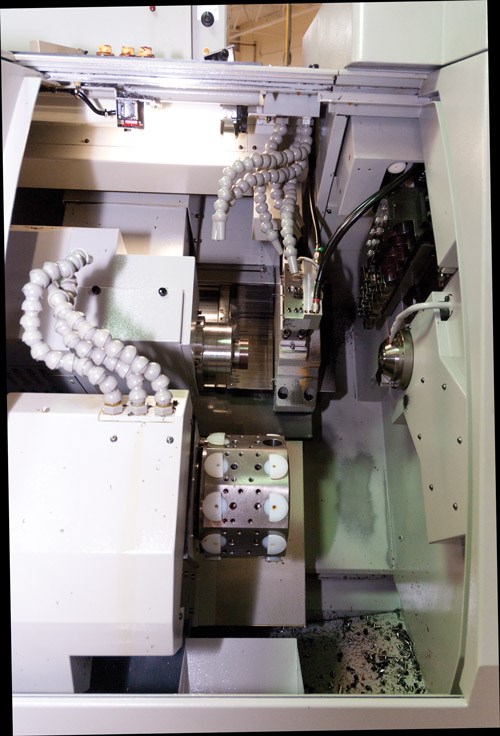
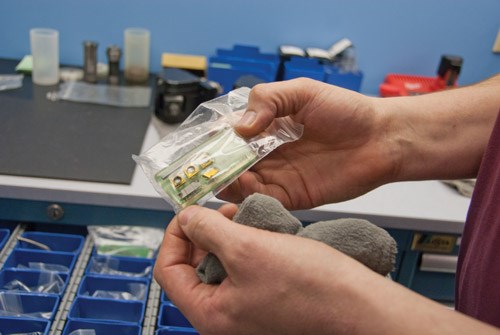
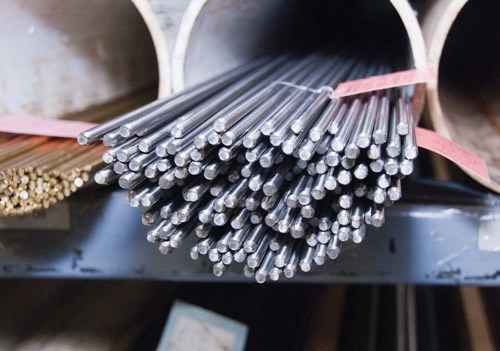













.jpg;maxWidth=300;quality=90)







